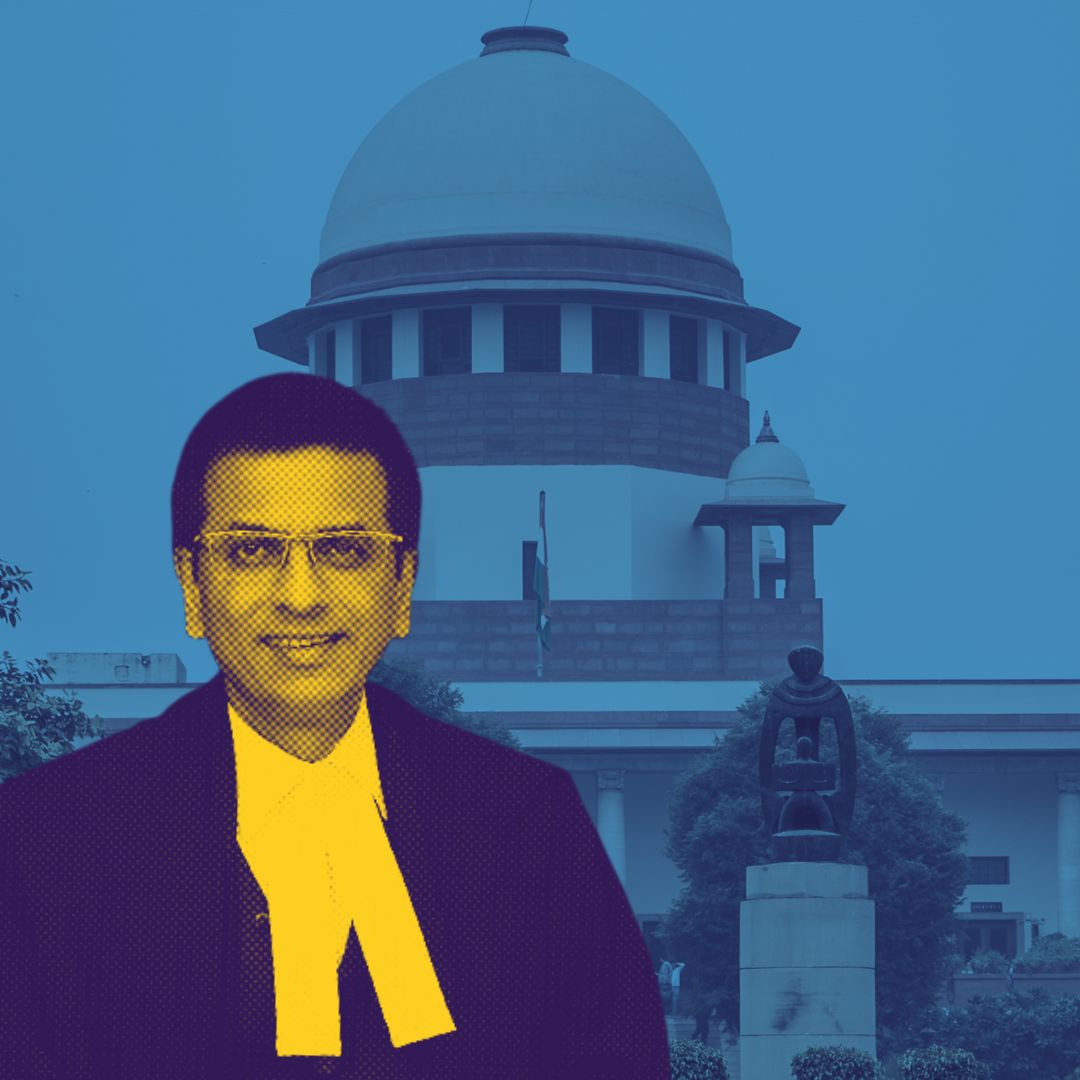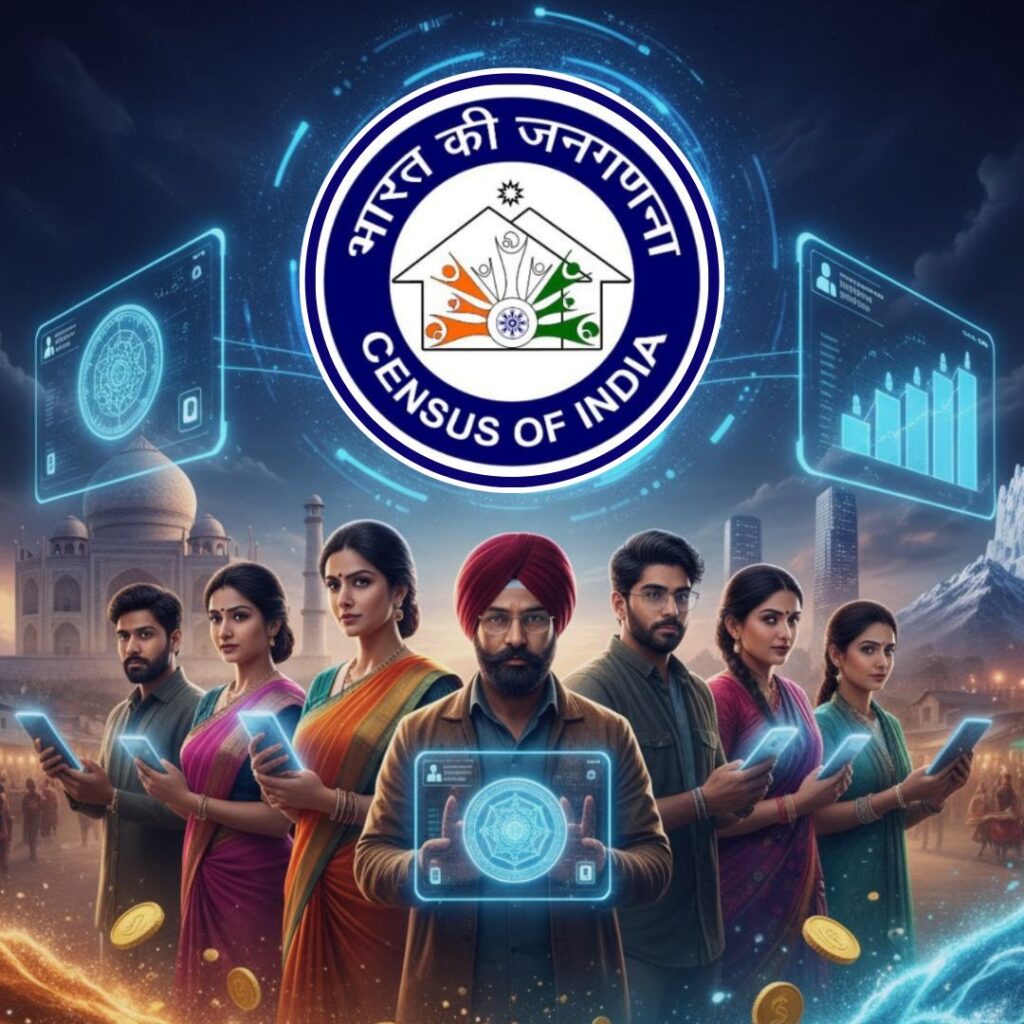The Supreme Court of India ruled that not all private properties can be classified as “material resources of the community” under Article 39(b) of the Constitution. The nine-judge bench, led by Chief Justice D.Y. Chandrachud, highlighted the need to protect individual property rights while acknowledging that some private resources may serve community interests. This decision comes after extensive deliberations and reflects concerns over potential negative impacts on investment and property rights.
Supreme Court’s Nuanced Ruling on Property Rights
The Supreme Court’s judgment clarifies that while private properties may sometimes be considered community resources, this does not extend to every individual asset. Chief Justice Chandrachud stated, “Private property may form ‘material resource of community’, but not every resource owned by an individual can be said to be material.” This ruling aims to prevent a broad interpretation that could deter private investment and undermine constitutional protections for property rights. The bench also addressed previous legal precedents, noting the importance of maintaining a balance between community welfare and individual ownership.
Legal Context and Implications
The court’s decision is rooted in a historical context of legal interpretations surrounding property rights in India. The reference to Article 39(b) arose from earlier cases that debated the extent to which private properties could be classified as communal resources. The ruling emphasizes that while the state has an interest in redistributing resources for public benefit, an extreme view equating all private property with communal ownership is not feasible in a market-driven economy. This judgment follows a series of petitions challenging state laws that sought to acquire private properties without adequate compensation or procedural safeguards.
News in Q&A
1. What was the Supreme Court’s ruling regarding private properties?
The Supreme Court ruled that not all private properties can be classified as “material resources of the community” under Article 39(b) of the Constitution. This decision underscores the importance of protecting individual property rights while acknowledging that some private resources may serve community interests.
2. Why is this ruling significant for property owners in India?
This ruling is significant because it clarifies the legal boundaries between individual ownership and community resource claims, reassuring property owners that their rights are protected against broad interpretations that could lead to state appropriation without due process.
3. What prompted this case to reach the Supreme Court?
The case arose from a series of petitions challenging state laws that sought to classify private properties as communal resources, raising concerns among property owners about potential overreach and the implications for investment in private property.
4. How does this ruling relate to previous legal precedents?
The ruling builds on historical legal interpretations surrounding property rights in India, where earlier judgments have differentiated between private ownership and community resources. The court emphasized maintaining a balance between individual rights and public welfare in its decision.
5. What are the broader implications of this ruling for society?
The broader implications include a reaffirmation of individual rights in a market-driven economy, while also highlighting the need for responsible governance that considers both personal ownership and community needs. This ruling encourages ongoing dialogue about how best to balance these interests in future policy decisions.
The Logical Indian’s Perspective
At The Logical Indian, we advocate for a balanced approach that respects both individual property rights and the collective good. The Supreme Court’s ruling serves as a reminder of the delicate interplay between personal ownership and societal needs. As we reflect on this significant judgment, we invite our readers to consider how we can foster an environment where both individual rights and community welfare are upheld. How can we ensure that our legal frameworks support equitable resource distribution without compromising personal freedoms? Share your thoughts with us!











